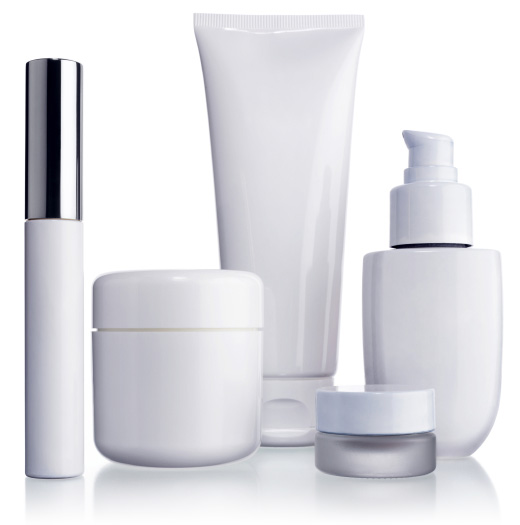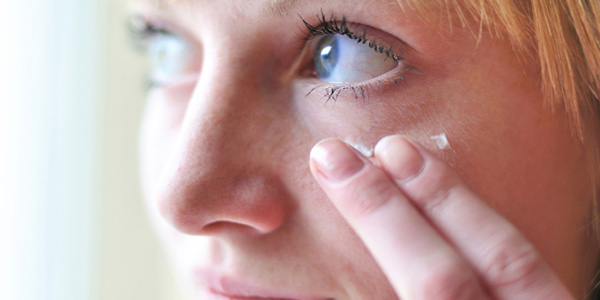To best address your evolving epidermis, you should first understand the underlying causes. Use the following tips to identify your skin type by age and issue — then follow the corresponding advice to assemble a skin care system that changes as you do.
Problem: Acne Vulgaris
Forget what you’ve heard about pizza: Despite common belief, eating oily foods won’t make you break out. Instead, acne is related to hormone levels . This leads to the overproduction of sebum, an oily substance secreted by the sebaceous glands, which clogs and causes pores to swell, resulting in the characteristic red bumps we know as acne.
The solution:
Cleanse face twice a day with a salicylic acid acne wash, and then apply benzoyl peroxide, an ingredient found in many over-the-counter products that unclogs pores and kills acne-causing bacteria. If blemishes persist, your dermatologist may recommend oral or topical antibiotics for a stronger treatment regimen.
Problem: Dull complexion, light wrinkles
Though you still feel young and chipper, skin can begin to show its age during this decade. Years of sun damage, aided by decreased cell turnover, can cause your complexion to appear dull and mottled. And look out for those first telltale wrinkles, usually showing up around the eyes and mouth.
The solution:
The 30s are a great time to start a DNA repair regimen. The new frontier in skin care is all about addressing aging at the cellular source — and there are plenty of affordable products to help. Look for moisturizers with retinol and vitamin C to reduce the appearance of wrinkles, and use a high SPF sunscreen daily to avoid amassing additional damage.
Problems: Age spots , dry and uneven texture
If you sunbathed, smoked and spurned good skin care for the first half of your life, this is the decade where that damage becomes evident. Even if you were meticulous in your preventative care, though, hormonal shifts and inevitable sun exposure can create brown spots and leave skin looking dry.
The solution:
Whoever said that 40 is the new 30 must have been exfoliating. For older, drier skin, physical exfoliants can be irritating. Instead, reach for a chemical exfoliant containing an alpha-hydroxy or polyhydroxy acid to remove wrinkles and increase collagen production. Be sure to follow with an antioxidant-rich moisturizer and high SPF sunscreen to maintain proper hydration in a thinning epidermis.
Problems: Deep wrinkles, loss of subcutaneous fat
At this age, especially with the onset of menopause, you may begin to experience facial hollowing , which can cause skin to sag and wrinkles to deepen.
The solution:
A class of cosmetic treatments, known as “dermal fillers,” can fill in wrinkles, lift and support sagging skin and even help promote the growth of new collagen, all of which will improve an aging complexion. Popular brands of injectables include Juvederm and Sculptra, treatment is non-invasive and results can last up to a year or more. Be sure to choose an experienced and board certified plastic surgeon for your procedure.
More anti-aging advice
Don't look 40 at 30: Skin care tips from a pro
Steal vs. splurge: Anti-aging eye treatments
The lunch hour facelift




